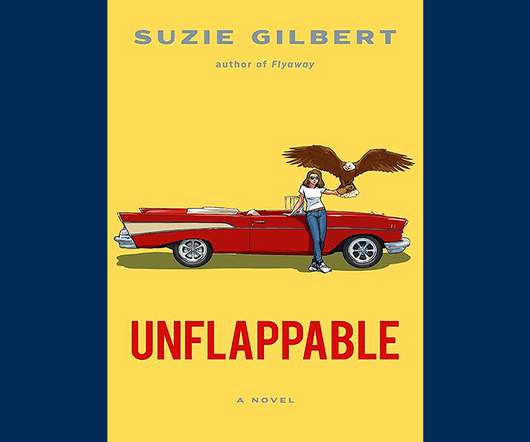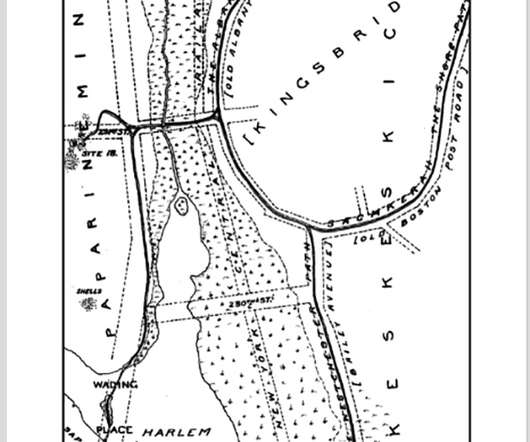What the Owl Knows: The New Science of the World’s Most Enigmatic Birds: A Book Review
10,000 Birds
JULY 4, 2023
It’s also about human-owl interaction on an individual level and a wider sociocultural level, and ultimately how we can use all this for habitat and bird conservation. As the names and habitats imply, not all owl species are alike, in behavior, adaptation, relationship to humans, and in how humans perceive them.












Let's personalize your content